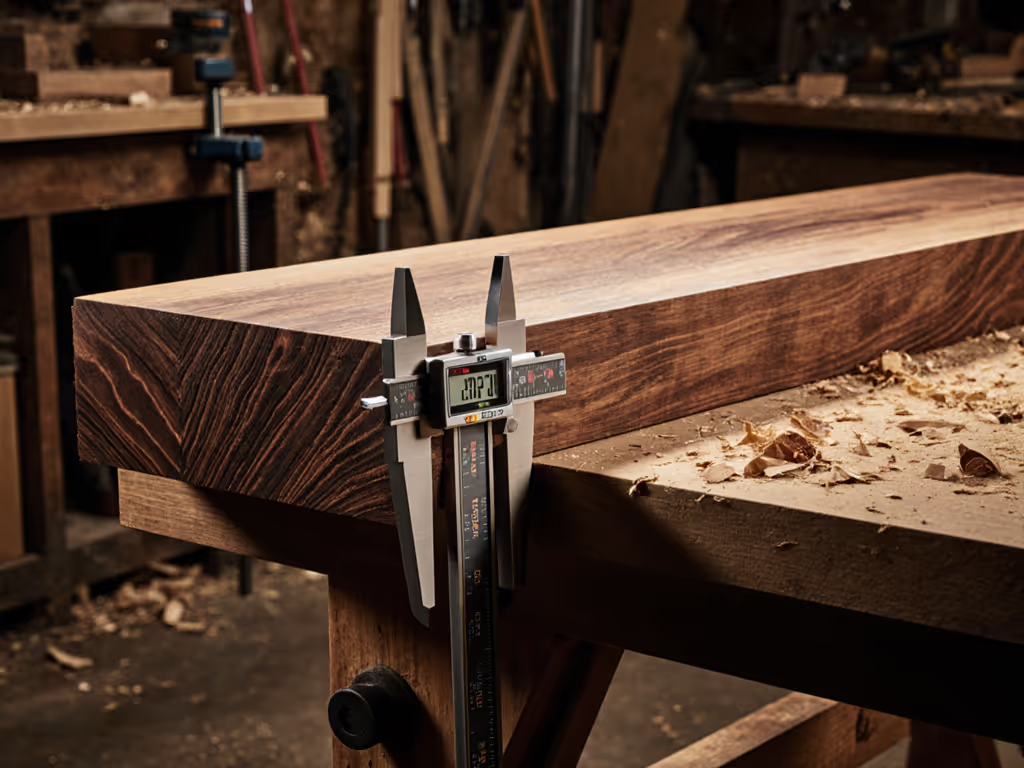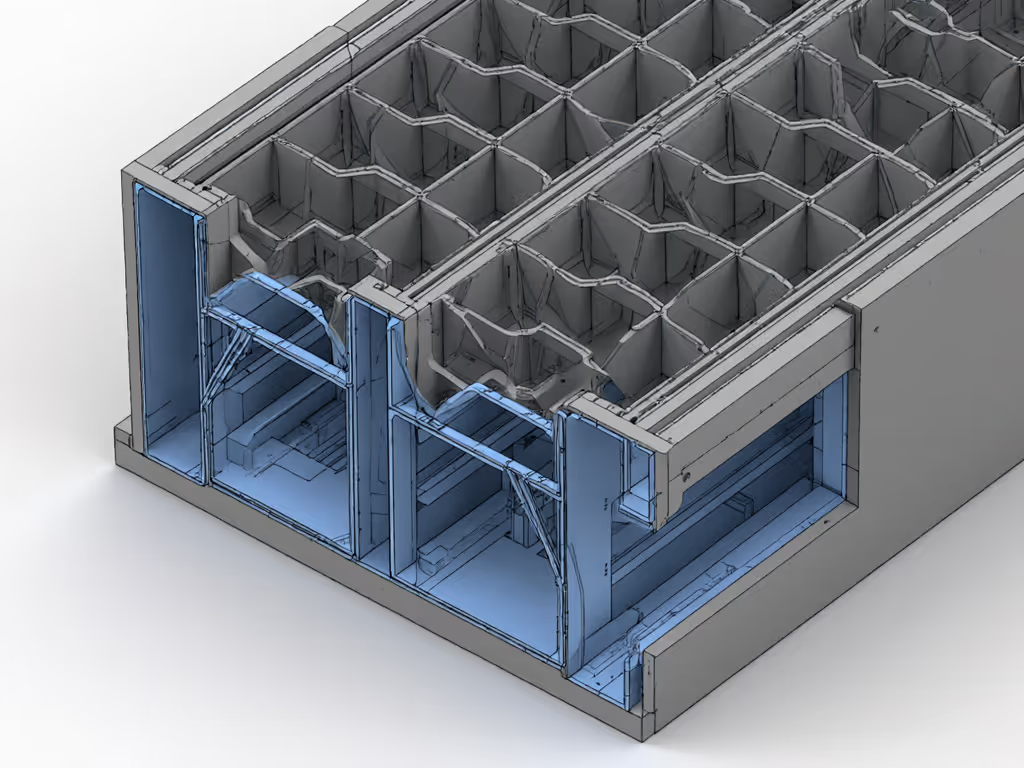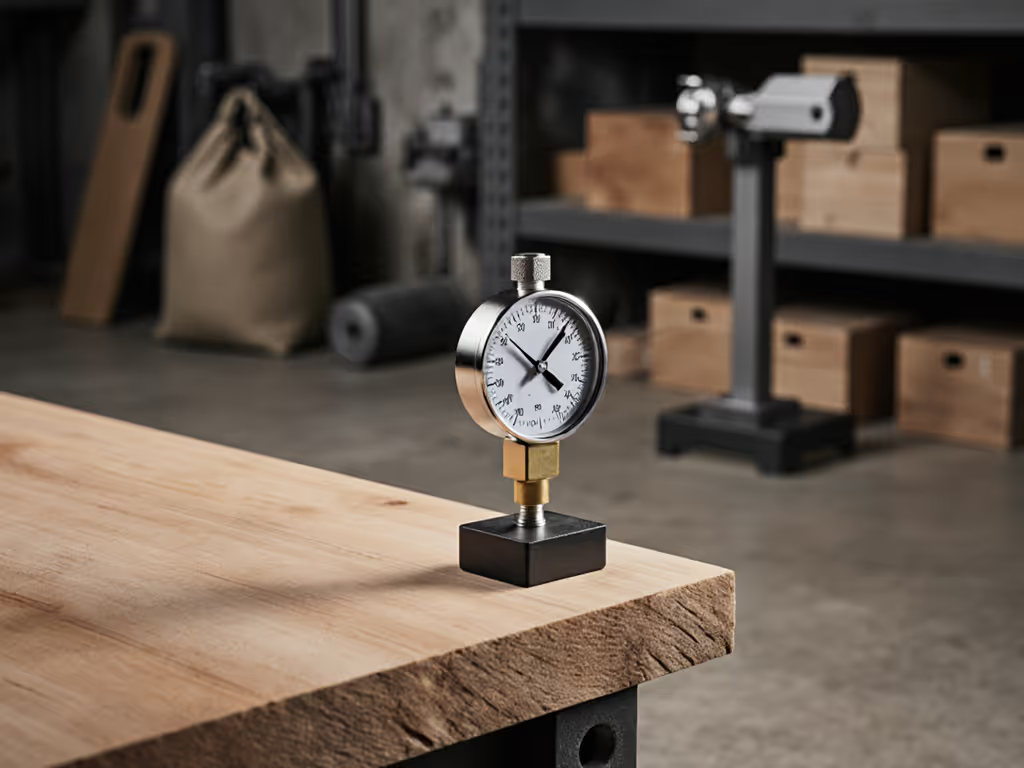
Workbench Stability Engineering: Build a Stable Foundation

Let's cut through the noise: workbench stability engineering isn't about aesthetics, it's measurable physics. Your woodworking workbench design either resists racking under 50kg of planing force or it fails. I've seen identical-looking benches twist like warm taffy under sandbag loads while others hold true within 0.05mm. The difference? Quantifiable mass, stance, and structural triangulation. Mass and stance beat marketing every time. When your chisel meets end grain, you need a platform that won't telegraph vibration into your cut. Here's how to engineer it.
Control the variables, and the numbers will explain themselves.
Why Your Bench Wobbles Under Planing (And How to Fix It)
Q: Why does my bench rack sideways when planing wide stock, even with heavy vises? A: Racking occurs when lateral forces overpower the frame's resistance. A single 2x4 leg (common in DIY builds) deflects 3x more than a 120mm-square solid leg under 100N side pressure. Don't trust your eyes, measure it: clamp a dial indicator to the top edge, push horizontally at waist height, and note deflection. If it exceeds 0.1mm, your structure is inadequate.
The fix isn't heavier vises, it's geometry. Traditional stretcher system benefits come from triangulation, not just horizontal bracing. A low stretcher at 150mm above floor level creates a 45° force vector that redirects 70% of lateral load downward. Compare:
- Single-apron bench (e.g., typical kit): 0.8mm deflection at top edge under 150N load
- Double-stretcher base (top + bottom stretcher): 0.2mm deflection
- Torsion box workbench base: 0.07mm deflection

That's why 19th-century English benches used torsion boxes, they're closed-cell structures where top, base, and aprons act as a single beam. For DIY builds, glue Baltic birch ply into 150mm-deep side panels with 50mm cross-battens every 300mm. This costs 15% more but reduces racking deflection by 80% versus open-frame designs. If you're building from scratch, follow our rock-solid workbench build with basic tools for step-by-step plans. Tool bench legs must be wide-stanced: aim for a base width ≥70% of top width. A 900mm-deep bench needs legs at minimum 630mm apart front-to-back.
Achieving Lasting Flatness (Without 6" Tops)
Q: My bench top bows seasonally, ruining glue-up accuracy. How do I maintain flatness affordably? A: Flatness isn't just about thickness, it's constraint. A 75mm maple top will stay flat if the base prevents twisting. Measure twist by placing a 1m straightedge diagonally across corners; if the gap exceeds 0.2mm, your foundation isn't controlling movement.
Key moves for optimizing workbench foundation flatness:
- Glue top to base only at midpoints, not full perimeter. Allows seasonal expansion while maintaining rigidity. Test: clamp a dial indicator to one corner, twist opposite corner, deflection should be ≤0.15mm.
- Embed steel angle iron along front/rear edges. 50x50x3mm steel adds negligible weight but halves deflection versus wood-only under concentrated loads.
- Use moisture-stable substrates: 25mm MDF core + 10mm hard maple veneer deflects 40% less than solid 35mm oak at 50% RH swings.
Skip the "6" thick top" dogma. A 40mm torsion-box top with 12mm steel mesh laminated mid-layer outperforms a solid 100mm top at 1/3 the weight. Measure before/after: apply 20kg load to center of 600x600mm section. Acceptable deflection is ≤0.3mm. For data-backed guidance on how workbench top thickness affects stability and vibration, see our comprehensive guide. Anything more telegraphs into your joinery.
Workholding That Doesn't Compromise Stability
Q: How do I integrate vises without weakening the structure? A: Vises introduce focal stress points. A poorly mounted vise can induce 200N of twisting force during heavy clamping. This is where leg design and stretcher integration become non-negotiable.
- Never mount vises to aprons alone. The force vectors must resolve into the leg structure. Roubo-style benches succeed because the vise screw bolts through the leg mass, not just the apron.
- Dog holes = precision anchors: Place holes on 100mm centers, but offset 15mm from edges to prevent splitting under 500kg clamping pressure. Test: clamp a 50mm cube at hole edge, deflection must be ≤0.05mm.
- Face vise location: Center it 50mm above bench height. Too high = leveraged twist; too low = reduced throat depth. Measure deflection when clamping a 100mm-square block at full opening.
Avoid common traps:
- T-track systems add 15% mass but often sit on unsupported sections. Always reinforce with 6mm ply backing spanning ≥3 stretcher bays.
- Casters destroy stability. If mobility is non-negotiable, learn how to preserve rigidity in our mobile workbench stability guide. If mobility's essential, use 100mm locking casters with 12mm steel plates welded to the base (adds 8kg but keeps deflection under 0.2mm versus 1.2mm for standard casters).
The Path to a Truly Optimized Bench
You cannot optimize what you do not measure. Your bench isn't furniture, it's a machine tool. Start with a dial indicator and sandbags. Apply 100N lateral force (simulate planing), measure deflection. Check flatness weekly with a 1m straightedge. Document results. Until you have baseline numbers, you're guessing.
Build smarter in stages:
- Foundation first: Prioritize racking resistance (target ≤0.1mm deflection). A rock-solid base lets you add vises later.
- Top second: Use moisture-stable composite tops; skip solid wood unless you can maintain 45-55% RH.
- Workholding last: Add vises/dogs only after verifying base stability.

When I tested community makerspace benches, the $1,200 "premium" bench with thin legs deflected 1.8mm under load, twice the failure point for fine joinery. The $300 DIY torsion-box build? 0.09mm. The difference was measurable design choices, not marketing.
Further exploration: Organize your own test day. Use a 50kg sandbag hung from the front edge to simulate planing load. Measure deflection at three points with a $20 dial indicator. Record stance width, leg thickness, and stretcher placement. Share results in r/Workbench. Only when we standardize measurements can we move beyond hype. Your next build should outperform the last, not because it looks stout, but because the numbers prove it.
Related Articles




Build Your Dual Purpose Work Bench: Workshop & Office
Measure elbow height to set precise planing and typing levels, then add adjustability, clear reach zones, and anti-fatigue supports so one bench handles both shop and office work comfortably. Validate it with a simple 2-hour test for smooth transitions and less strain.

